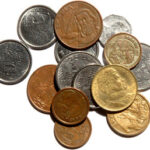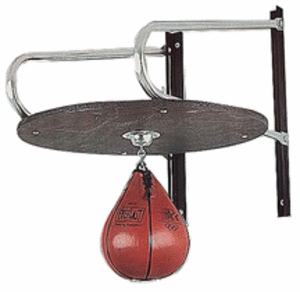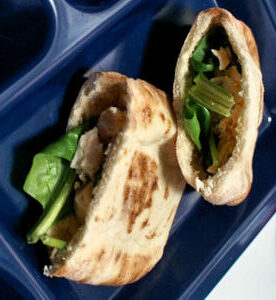Children begin to learn about money at a very early age. It begins in first grade. As young as age six and seven your child learns the coin names and values. By the end of second grade children are adding and subtracting dollar amounts. Children need all the help they can get learning how to count money. These skills are needed not only for school, but also for life.
Can you imagine not knowing how to count money well? You’d never know if you got the right amount of change back. You wouldn’t even know how much to give the cashier. You’d not be able to budget or to keep track of your total while shopping. Wouldn’t that be terrible? Money skills are very important. Children begin learning about money so young to ensure they have a good grasp on handling money when they are adults. Here’s how you can help your child to learn to count money.
The first thing a child needs to learn is to identify the coins. They need to know the coin names and values. A penny is called a penny. That is it’s name. A penny is worth one cent. To teach your child the coin names and values tell them what they are while showing them a penny, nickel, dime, quarter, and fifty cent piece. Kids learn from being shown and told. It may take telling and showing your child each coin several times. Work on one coin at a time. This prevents confusion. I add in fifty cent pieces for a reason. You’ll find them on worksheets that your child does at school. Kids need to know how much they are worth and how to identify them even though they are not so commonly used.
Once you’ve gone over the coin names and values with your child several times it’s time to challenge them a little bit. Reach into your pocket and pull out a handful of change. Place the change on a flat surface in front of you and your child. Point to any coin on the surface and ask your child what it is and how much it’s worth. It’s a guessing game. If they get the answers right again and again you know they’ve mastered the identification. If they don’t they need more practice learning coin names and values.
When your child can correctly identify the coins again and again it’s time to move on to the next step. It’s time to introduce the dollar. Show your child a dollar bill. Tell them what it is. Let them know that one dollar is made from one hundred cents. Once your child can identify a dollar and know it’s value you’re ready to begin counting.
When a child is first learning to count sums of money they’ll need to know how many of what makes one dollar. Children will need to learn that one hundred pennies make a dollar. Children in first and second grade should be able to rote count to one hundred easily. Next they’ll need to learn to count the nickels. Children in first and second grade should also be able to count by fives for nickels, and also by tens for dimes. Quarters are a little harder for children to learn to count. Your child will have to remember 25, 50, 75, 1.00. Fifty cent pieces are simple because only two are needed to make a dollar.
After your child can do this it’s time to mix up the coins. Keep the sum at a dollar or less and offer your child a mixture of dimes, pennies, nickels, and quarters. Every couple of times throw a fifty cent piece in there. Once your child has mastered counting change up to a dollar increase the amount to be counted. Add in a dollar bill or two and see if they can add it all up.
Once your child can add money the only thing left to teach them is to subtract. Start with having your child add a sum up to a dollar. Then, take some of the change away and have them recount. Talk them through the process the first few times. Show them what to do and how to do it. They’ll catch on quickly!
Children like to learn to count money. It’s not hard to teach them how either. Have fun helping your child learn. Thanks for reading and take care!



